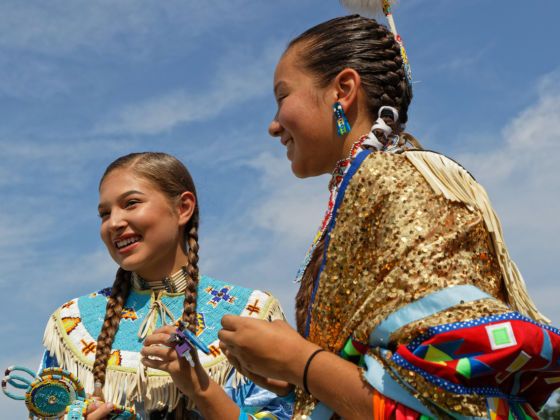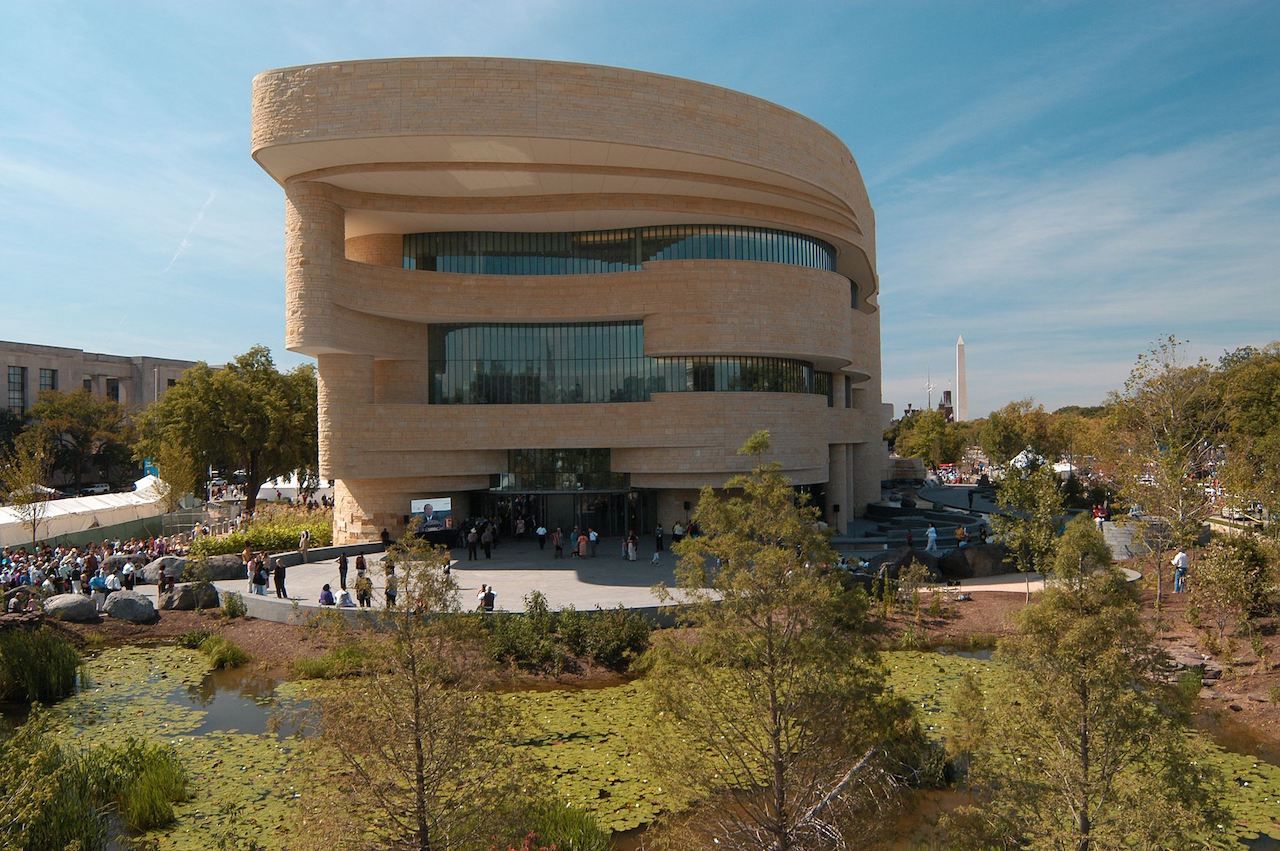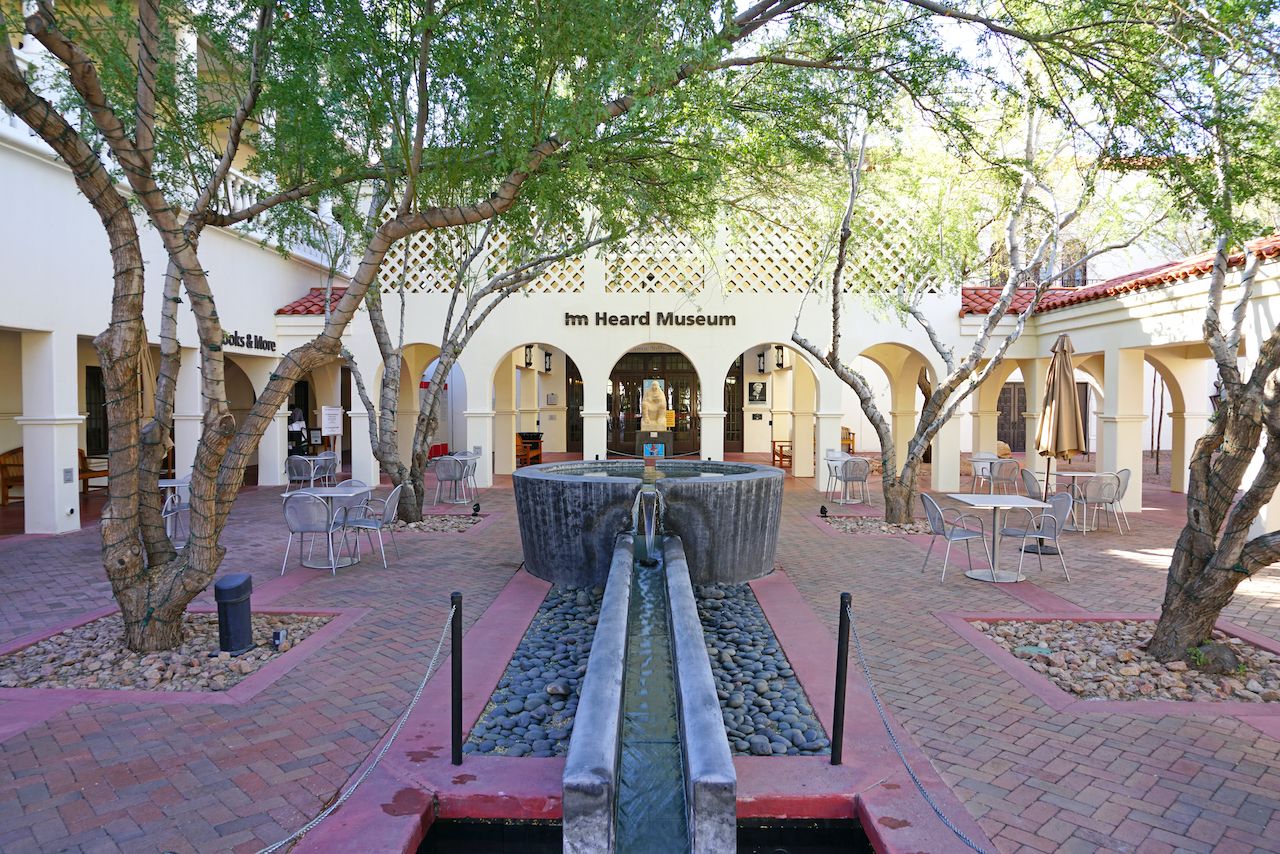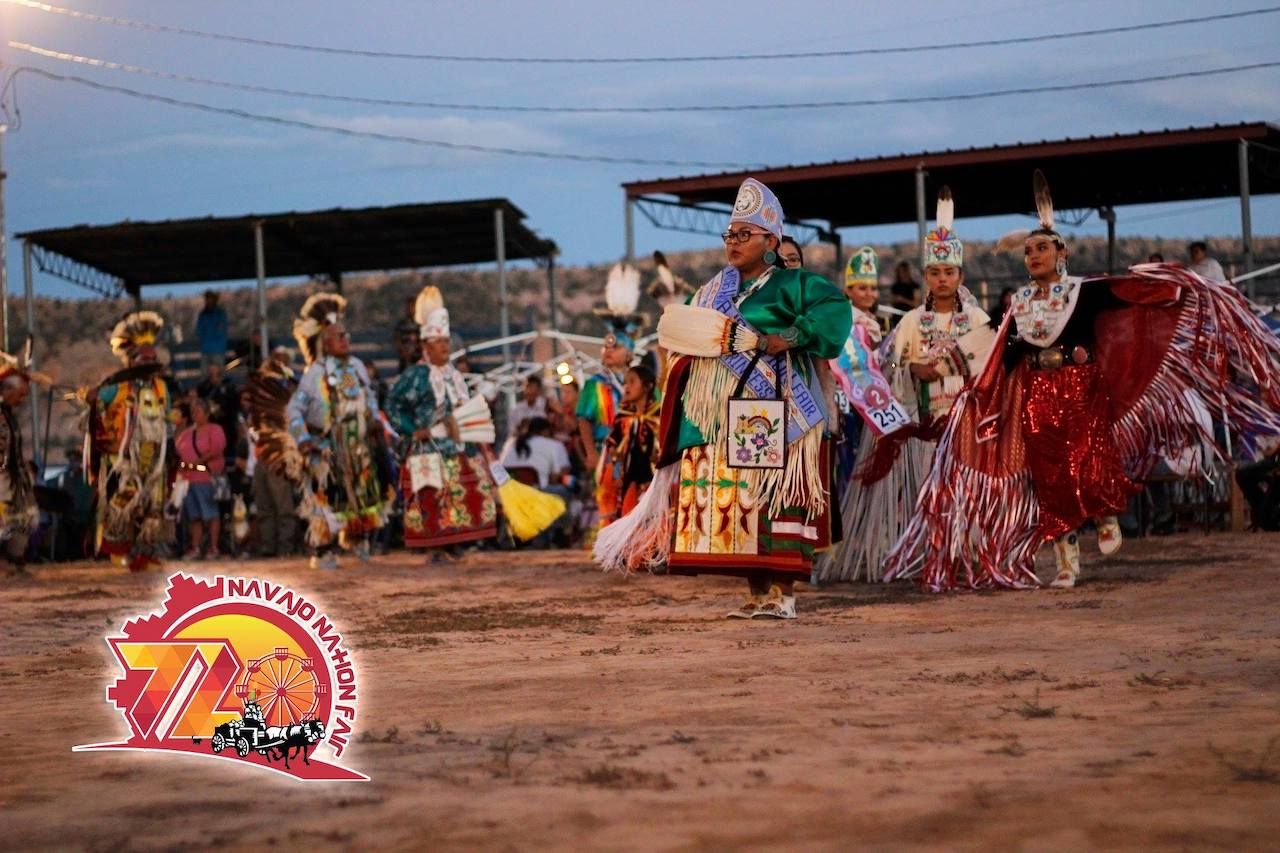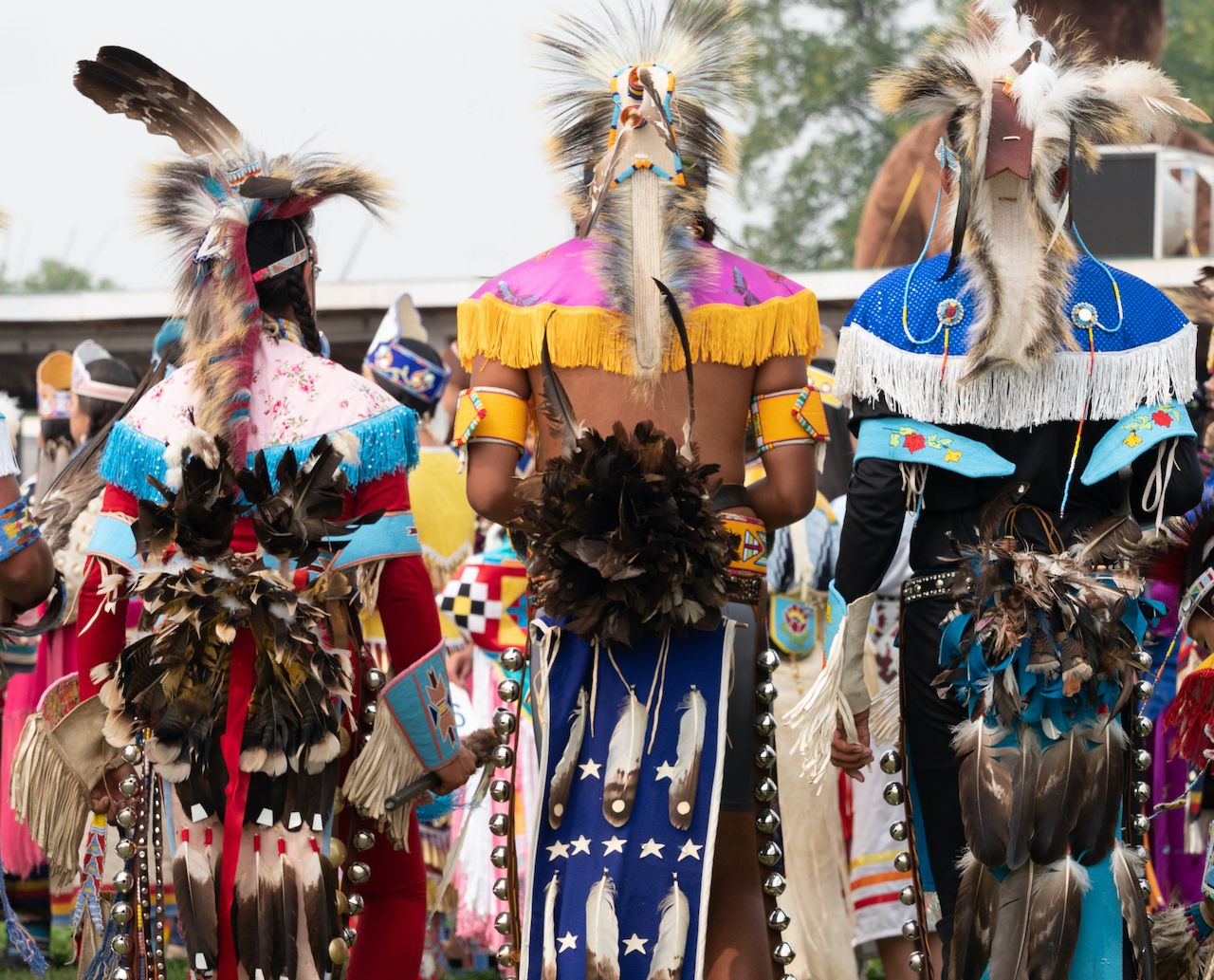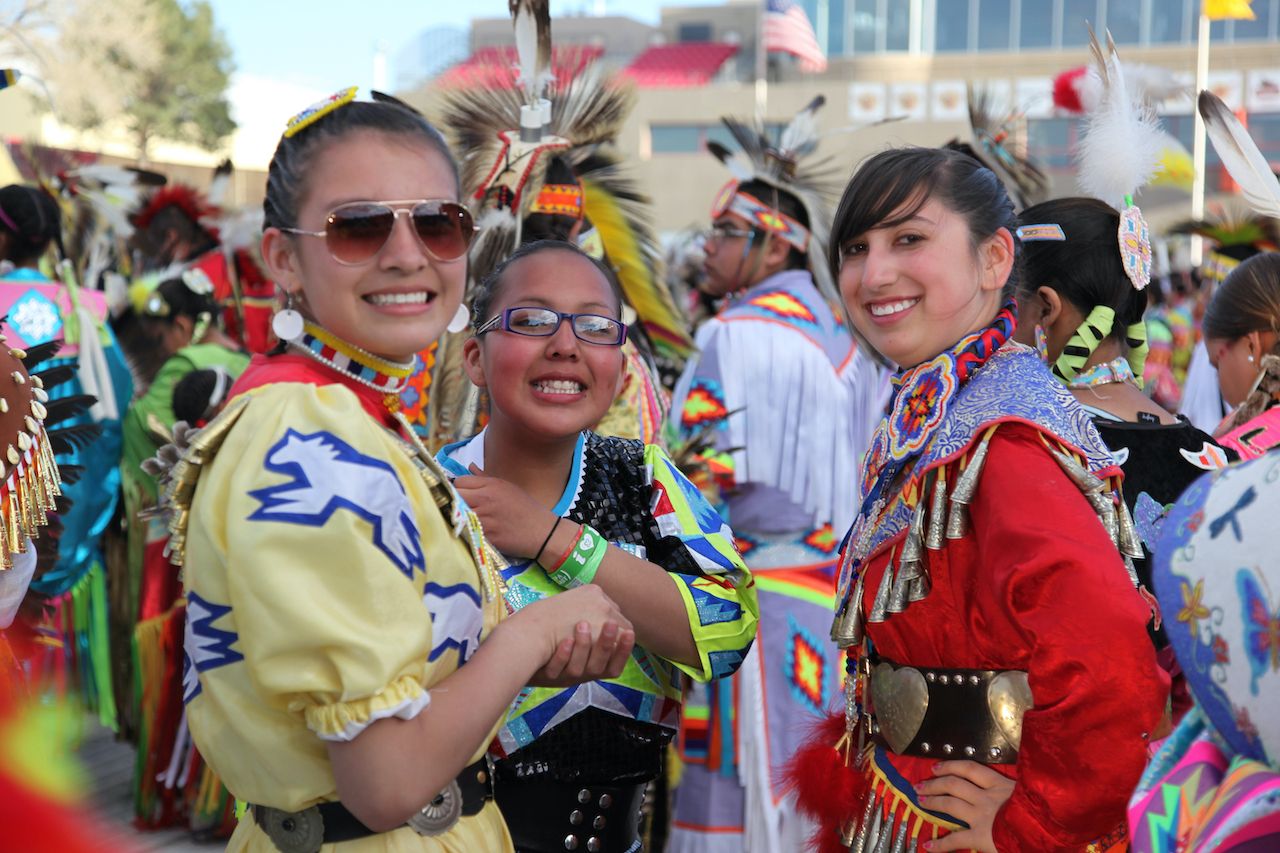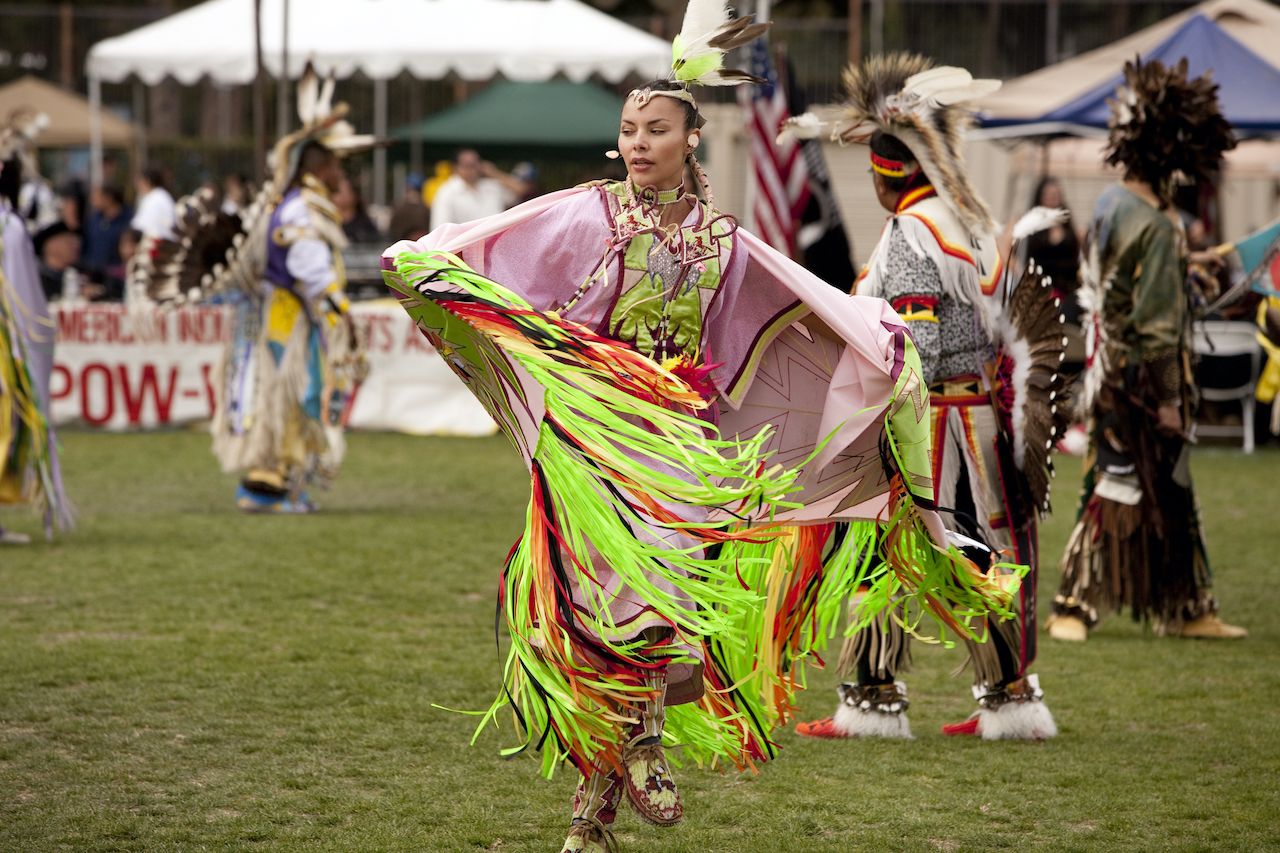One of my earliest memories is watching Grandma sew beads on Uncle Elmer’s deerskin leggings. Listen to my grandmother, and you’ll hear stories about me in diapers moving to the heartbeat of the drum. Talk to me and I’ll tell you about my husband recalling how unfamiliar he felt when he first met me and found himself the only non-Indian person among American Indians.
Fusing an understanding of Native American people won’t happen with a few social outings, but it’s a good start in a series of small steps. The difference between appreciating or exploiting a culture — and avoiding cultural appropriation — has to do with how we watch and listen. Observe quietly and be respectful. Be a well-behaved guest and use your best company manners. Let the changes take place inside of you slowly.
Here are 10 places to discover modern-day Indian life and observe tribal descendants echoing and giving expression to cultural traditions.
